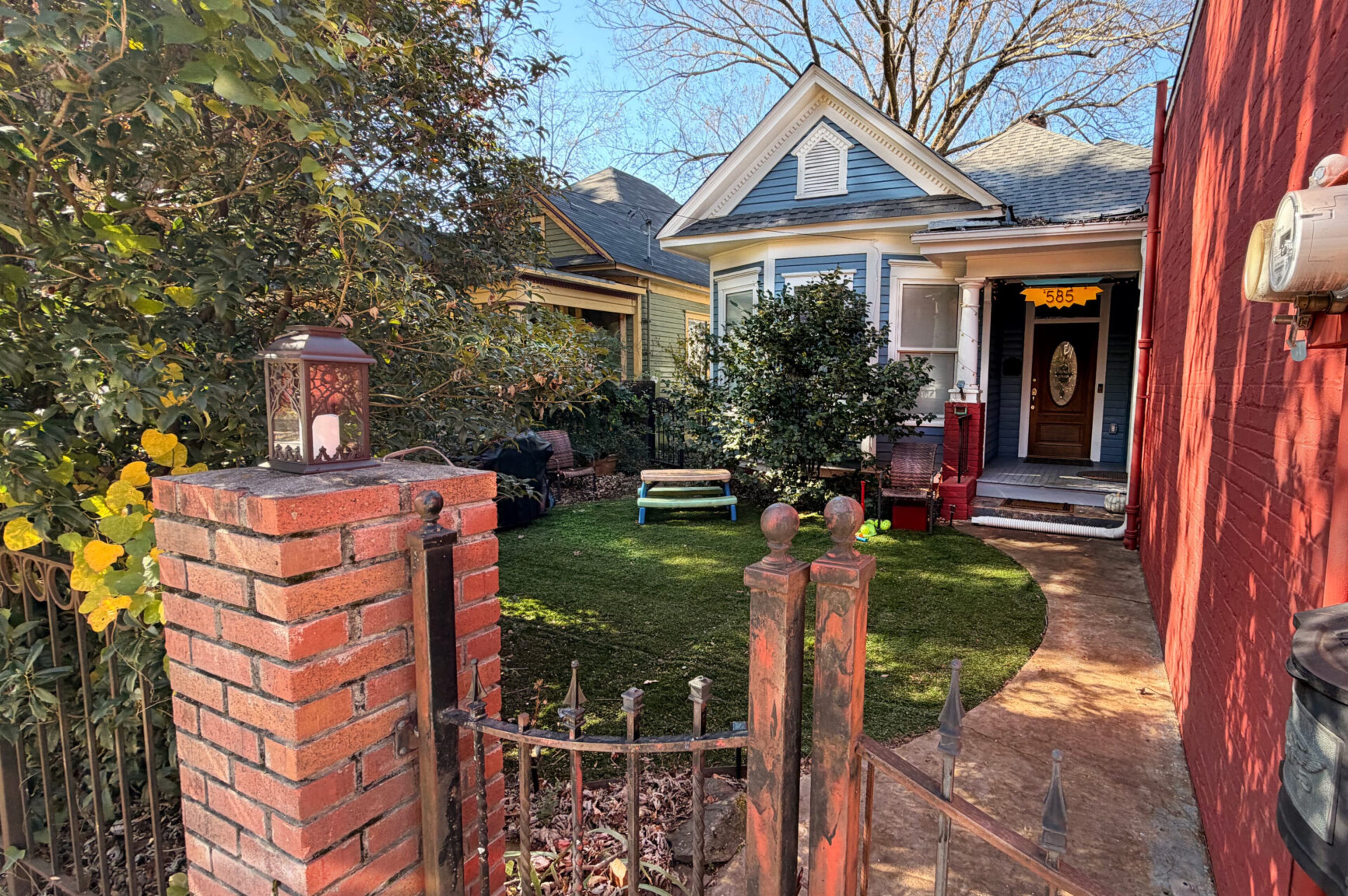53rd annual Highland Games and Scottish Festival enlivens Stone Mountain Park
The ceremonial wail of bagpipes and savory smell of meat pies wafted through the autumn air as Scottish clans in kilts gathered beneath tartan banners at Stone Mountain Park this weekend for the 53rd annual Highland Games and Scottish Festival on Saturday and Sunday.
Roughly 25,000 people came to the long-running festival, which celebrates the culture, competitions and camaraderie of the Scottish Highlands, according to festival organizers.
A full schedule of athletic contests, Highland dance performances, pipe band marches and a sheepdog herding demonstration offered entertainment, while food vendors served up Scottish classics like haggis (a hearty mix of sheep organs, oats and onions), fish and chips and sticky toffee pudding.
“It’s surprising how deep the Scottish roots are in Georgia and the South,” said Norman Livermore, president of Stone Mountain Highland Games Inc..
Livermore pointed out how Scottish immigrants settled in Charleston, South Carolina, as merchants and tradesmen, helped found Savannah with James Oglethorpe in 1733 and established Darien (originally called New Inverness) in 1736 as a highlander outpost defending the Georgia coast.
Such deep Scottish heritage in the South could account for why the Stone Mountain Highland Games and Scottish Festival has run strong for more than half a century, and why this year’s event gathered 107 clan groups.
A clan, Livermore explained, is a family lineage or kinship group tracing back to a common ancestor. Thus, a clan may be represented by a handful of surnames that were at one time linked by ancestry. The clans now operate as heritage hobby clubs.
An entire section of the festival grounds is devoted to a loop of tents, each proudly displaying a clan name and tartan. Festivalgoers can stop by an informational tent to look up their Scottish surname and find out which clan they belong to.
Next to the clan loop, a field was designated for the performances of 20 bagpipe and drumming bands that traveled to Atlanta from all over the U.S.
On the other side of the festival grounds was a village devoted to Highland dance groups, both of the traditional, costumed, performance variety and the country dance folk variety.
On another end were the food vendors and artisan craft booths.
And in the center of it all was the athletic field for Highland competitions. A few small bleachers surrounded the field for guests who didn’t bring their own folding lawn chairs.
Athletes young and old, male and female, competed in five shows of brawn dubbed the “Highland Heavies”: the hammer throw (a heavy weight on a stick swung and flung overhead for distance); the caber toss (a log like a telephone pole lifted and flipped end-over-end); the clachneart stone of strength (a round, granite stone thrown like a shot put); the weight throw and toss (a square metal block on a chain thrown over a high bar); and the sheaf toss (a weighted burlap sack of hay pitched high with a pitchfork).
While the origins of such games are not entirely known, they likely hail from agrarian societies or Scottish military training exercises, the festival program explained.
Livermore has been president of the Stone Mountain Highland Games organization for 14 years and has volunteered at, or attended, all 53 festivals since its founding.
When asked why he suspects people come back year after year, he said: “One word: family.”
“I’ve got volunteers that are fourth generation with us,” he said, “… Probably 80% of people are repeat folks. It’s all about family and camaraderie.”



